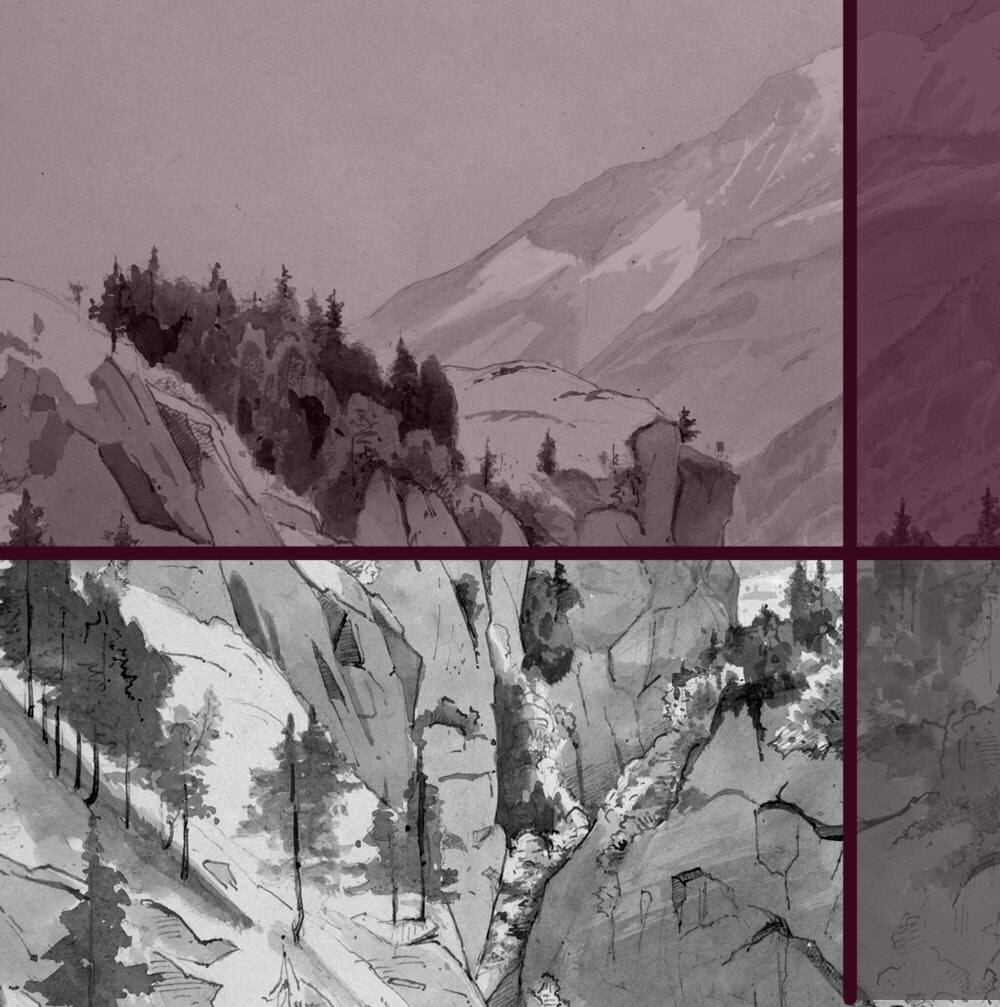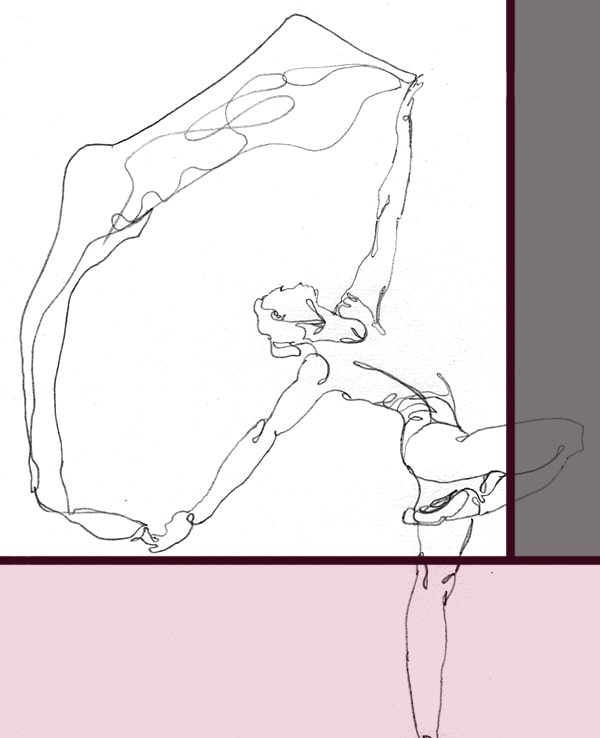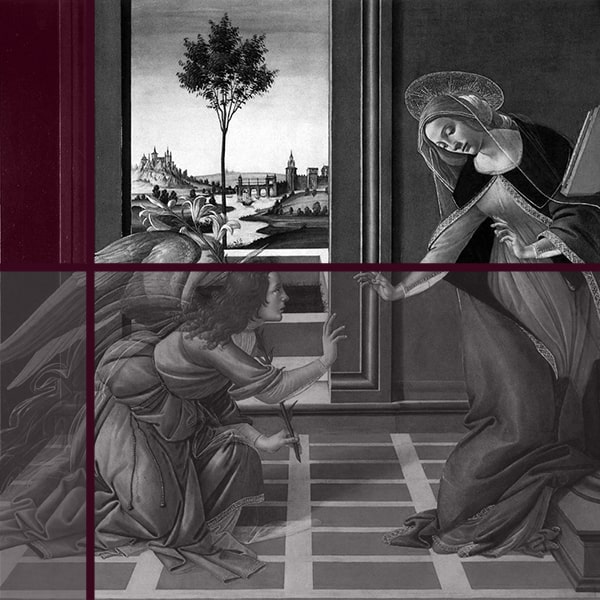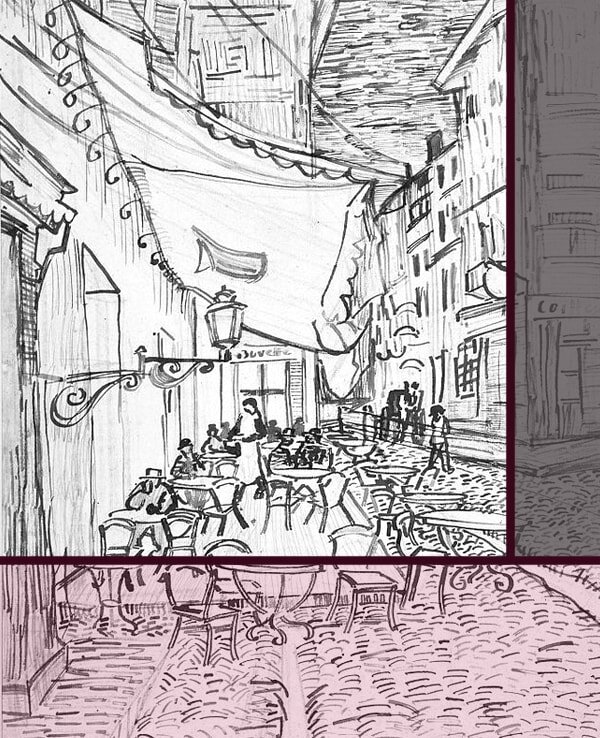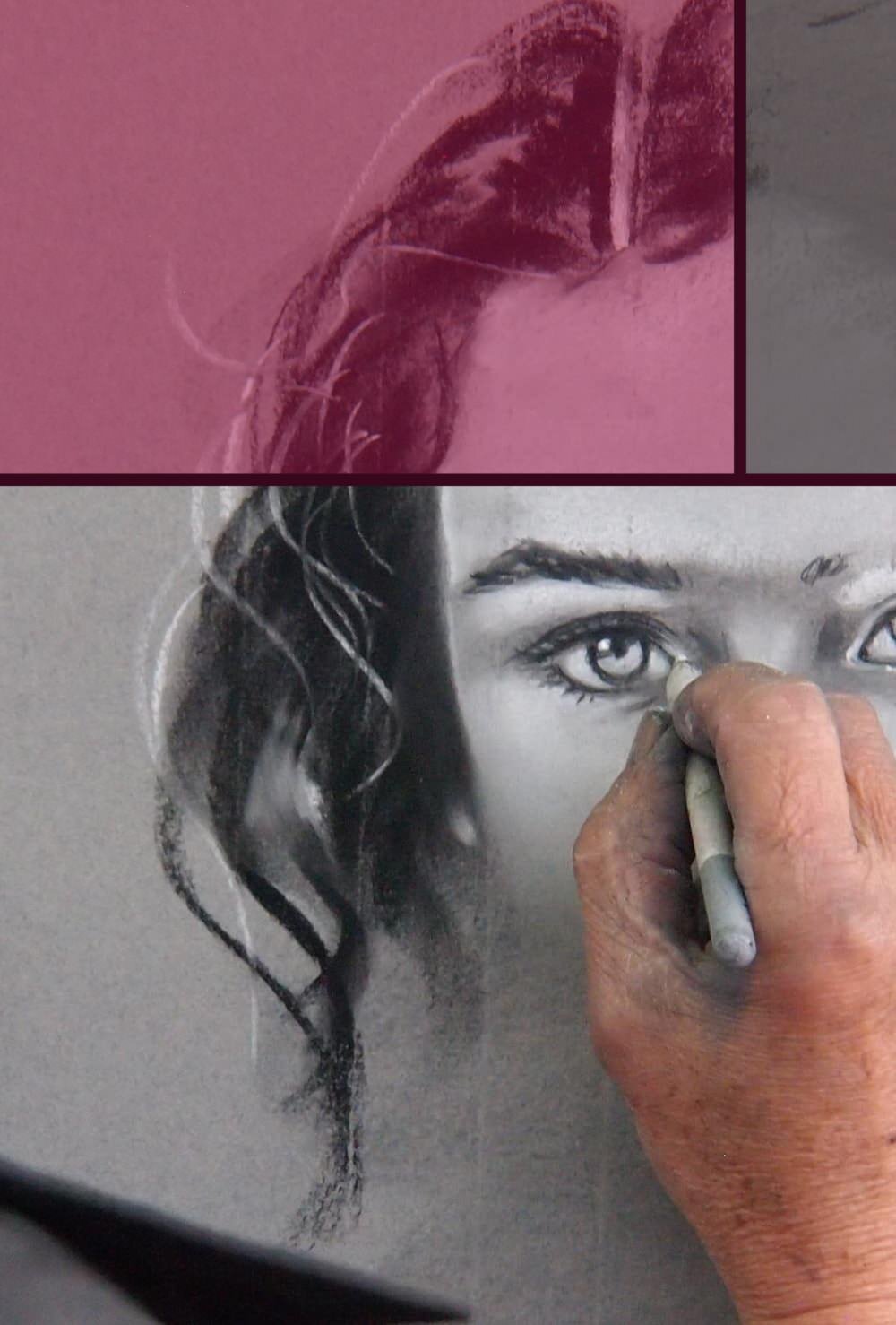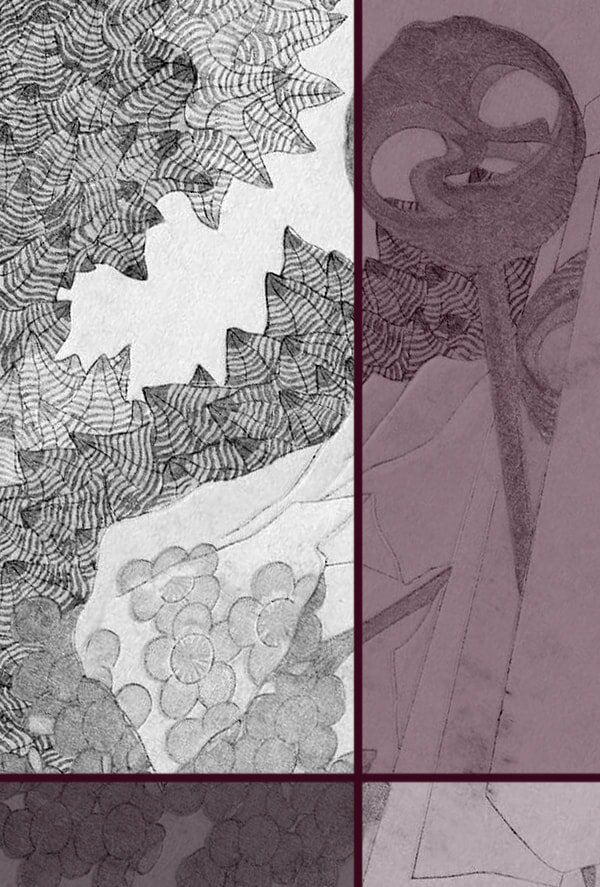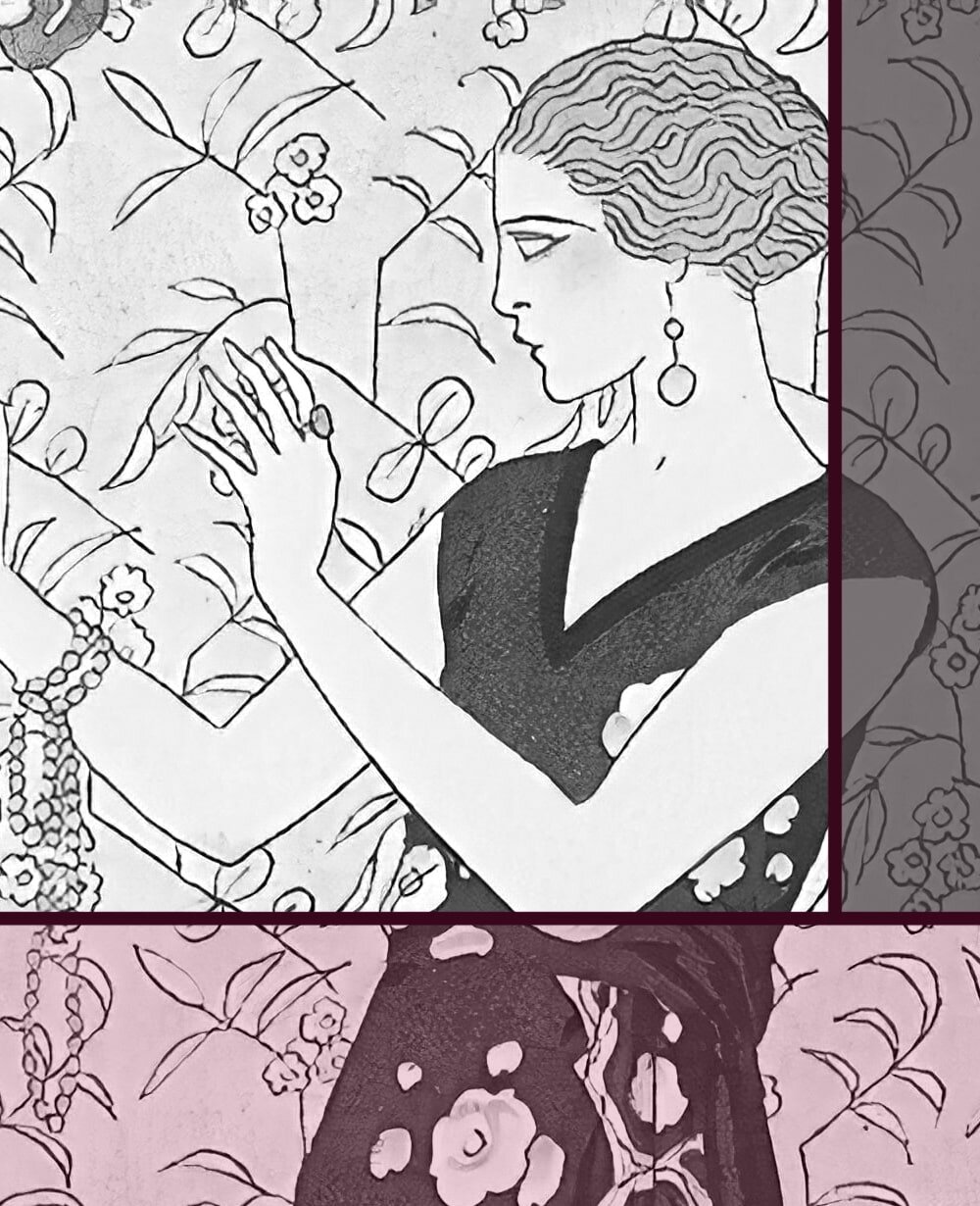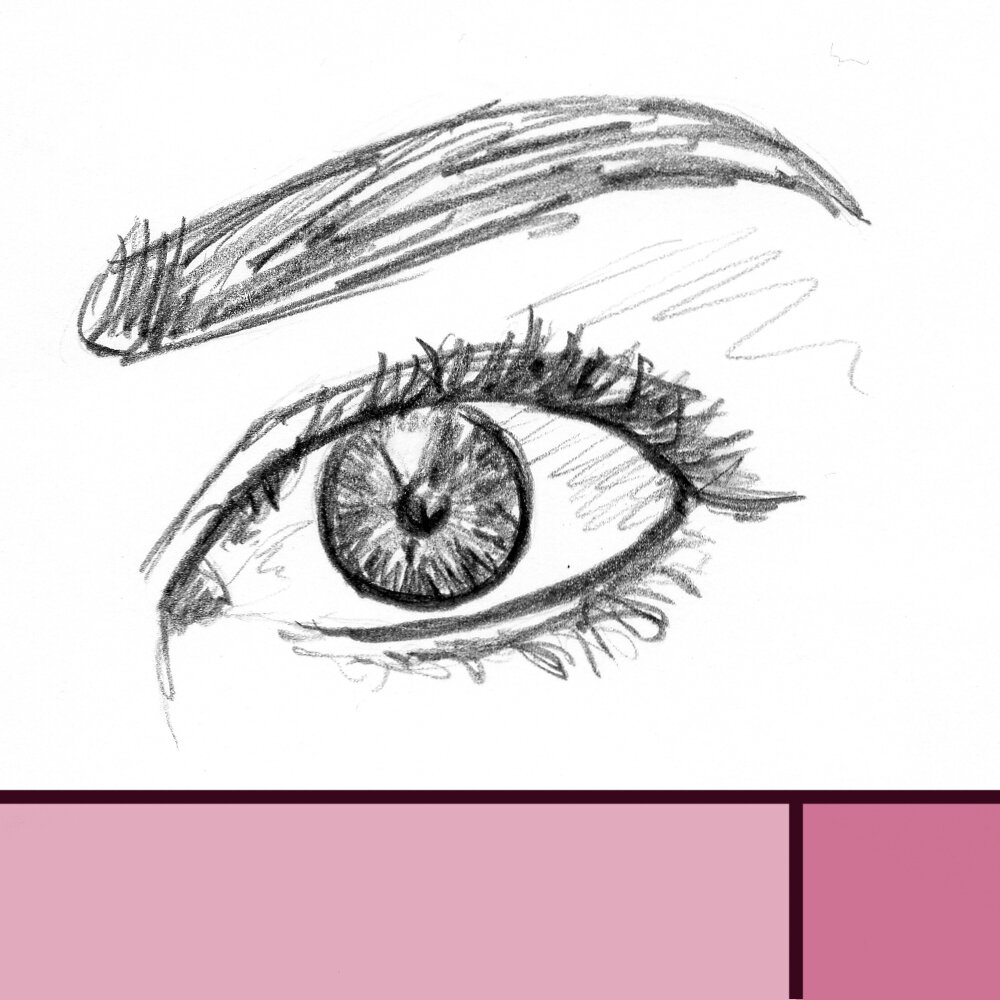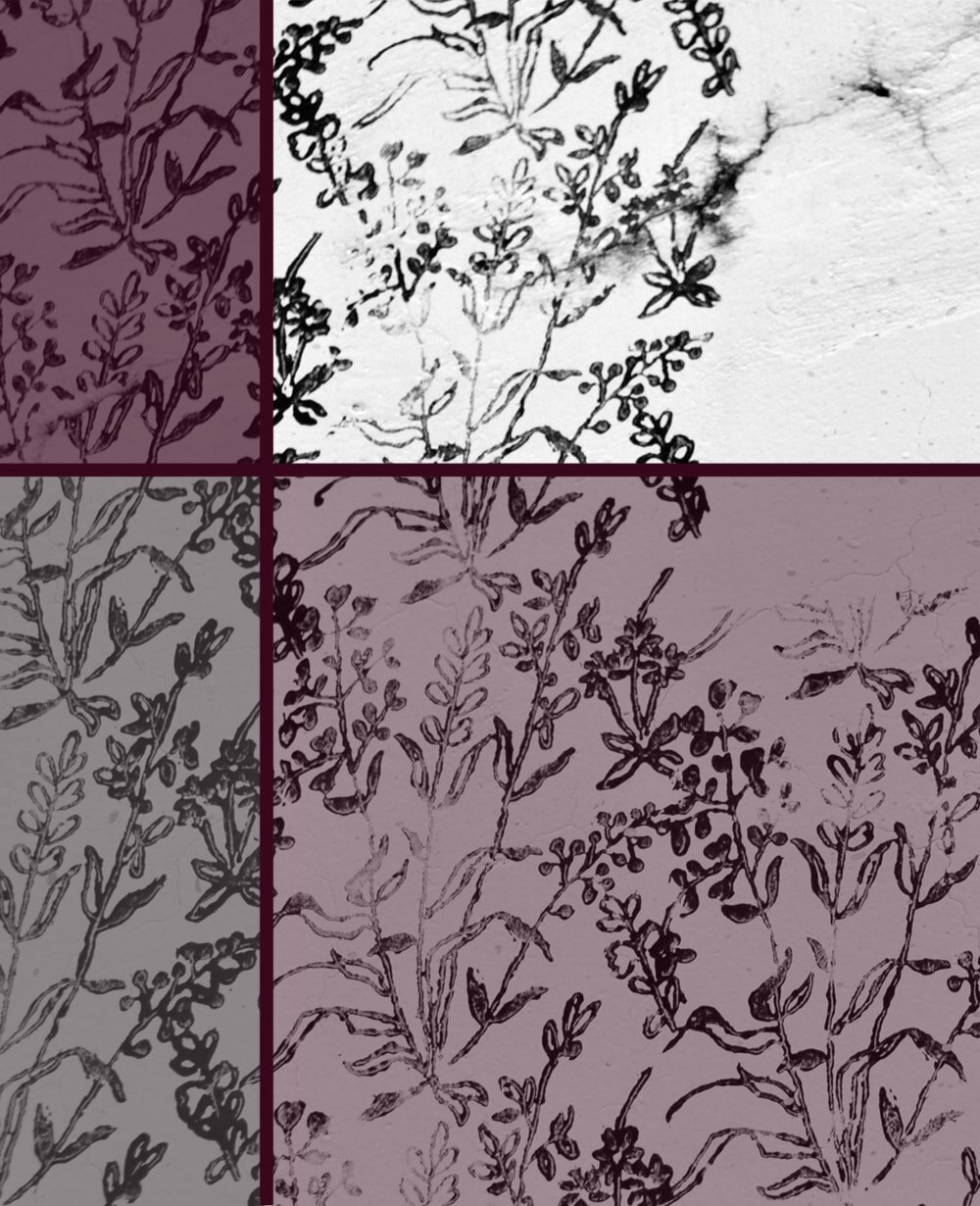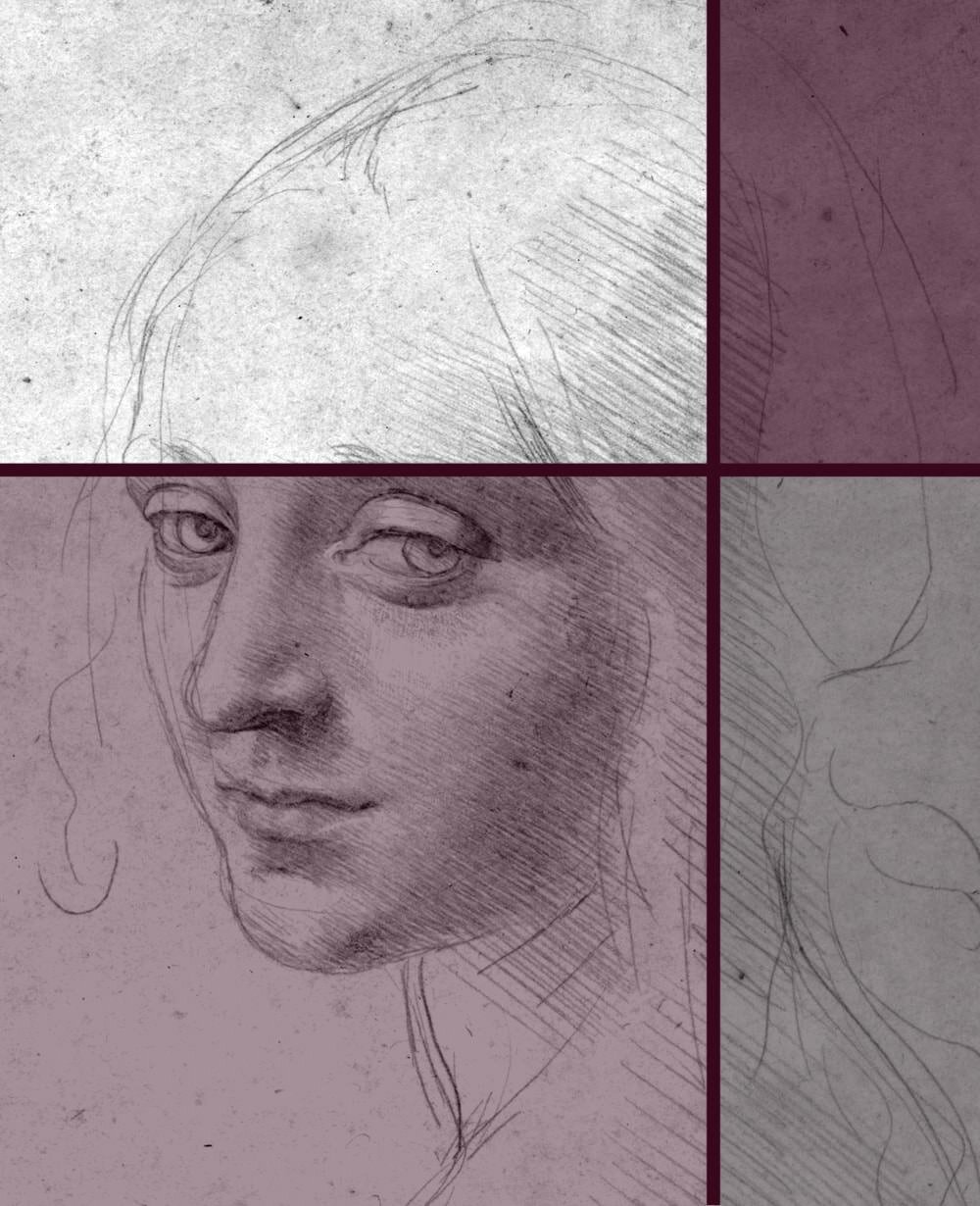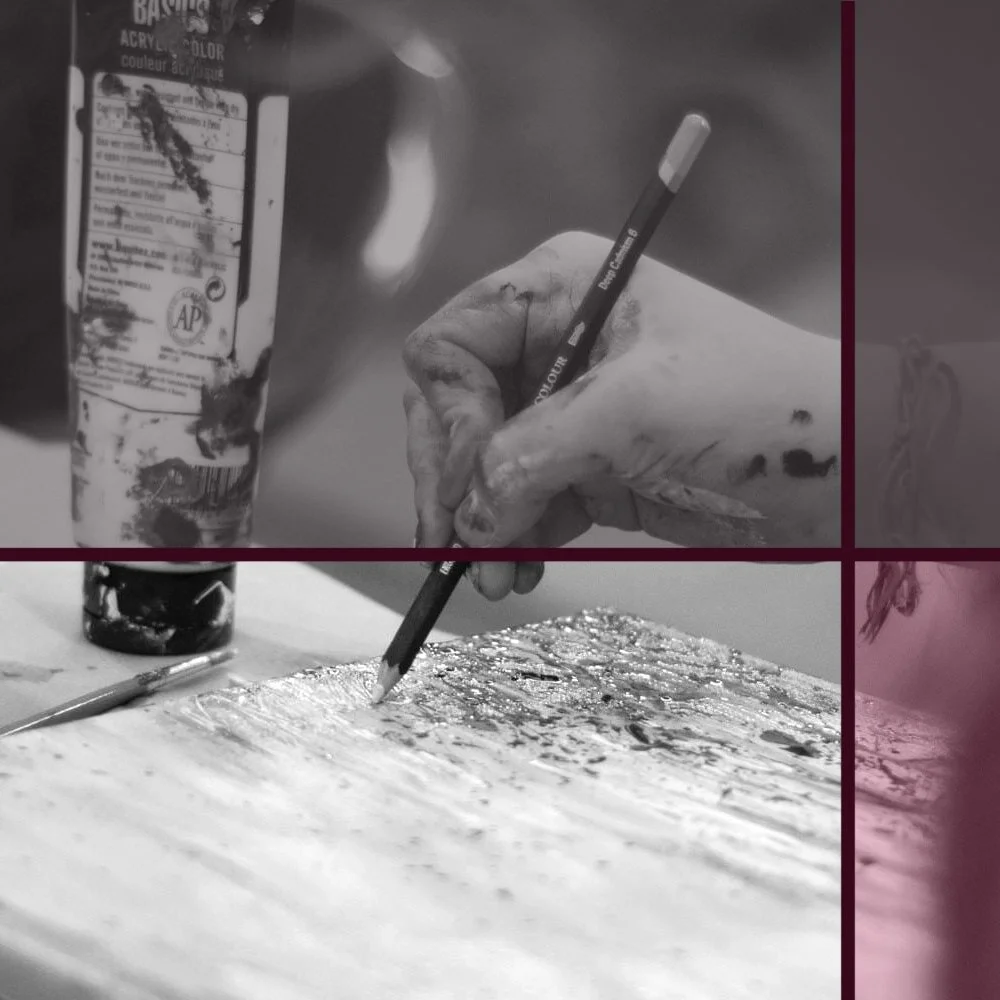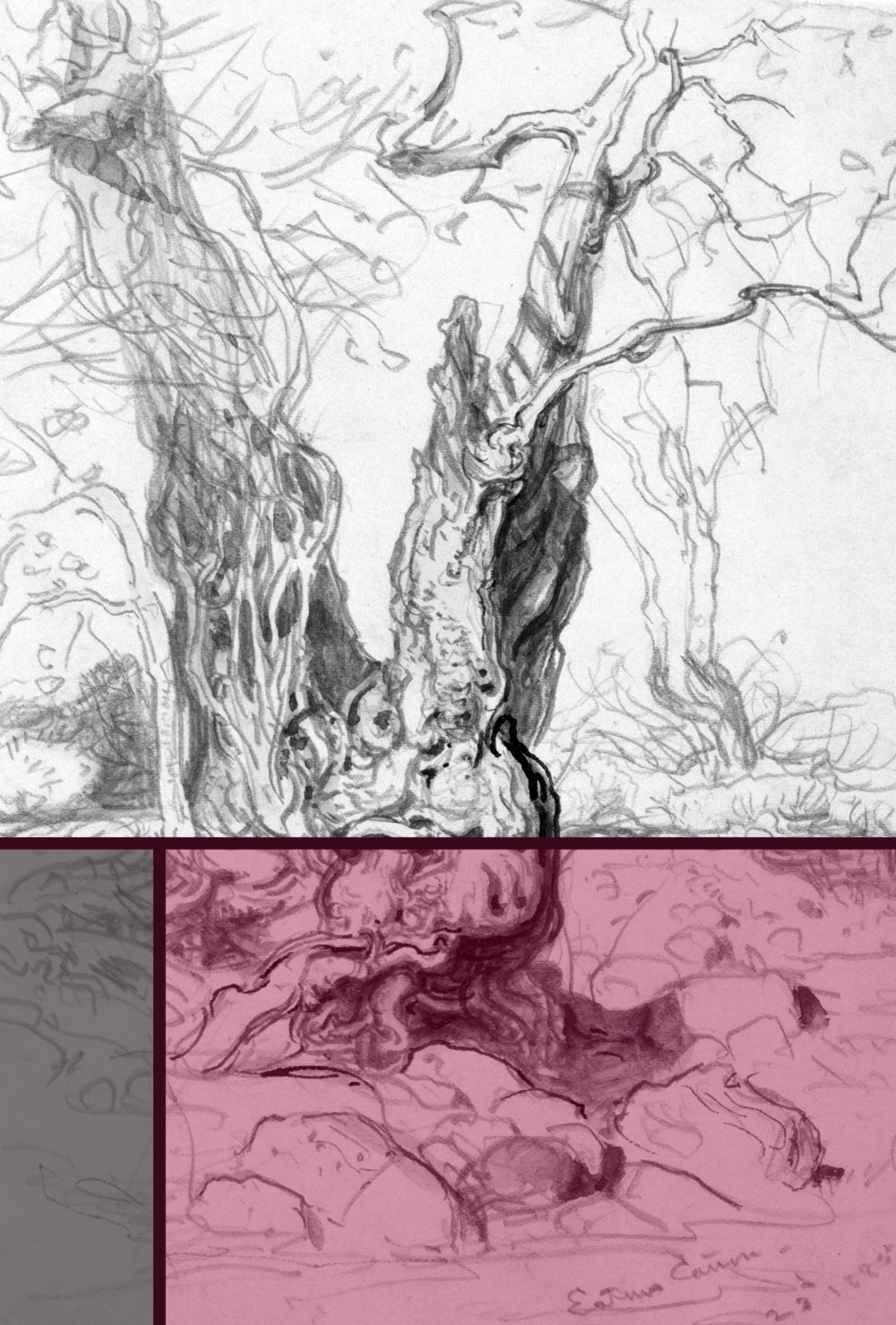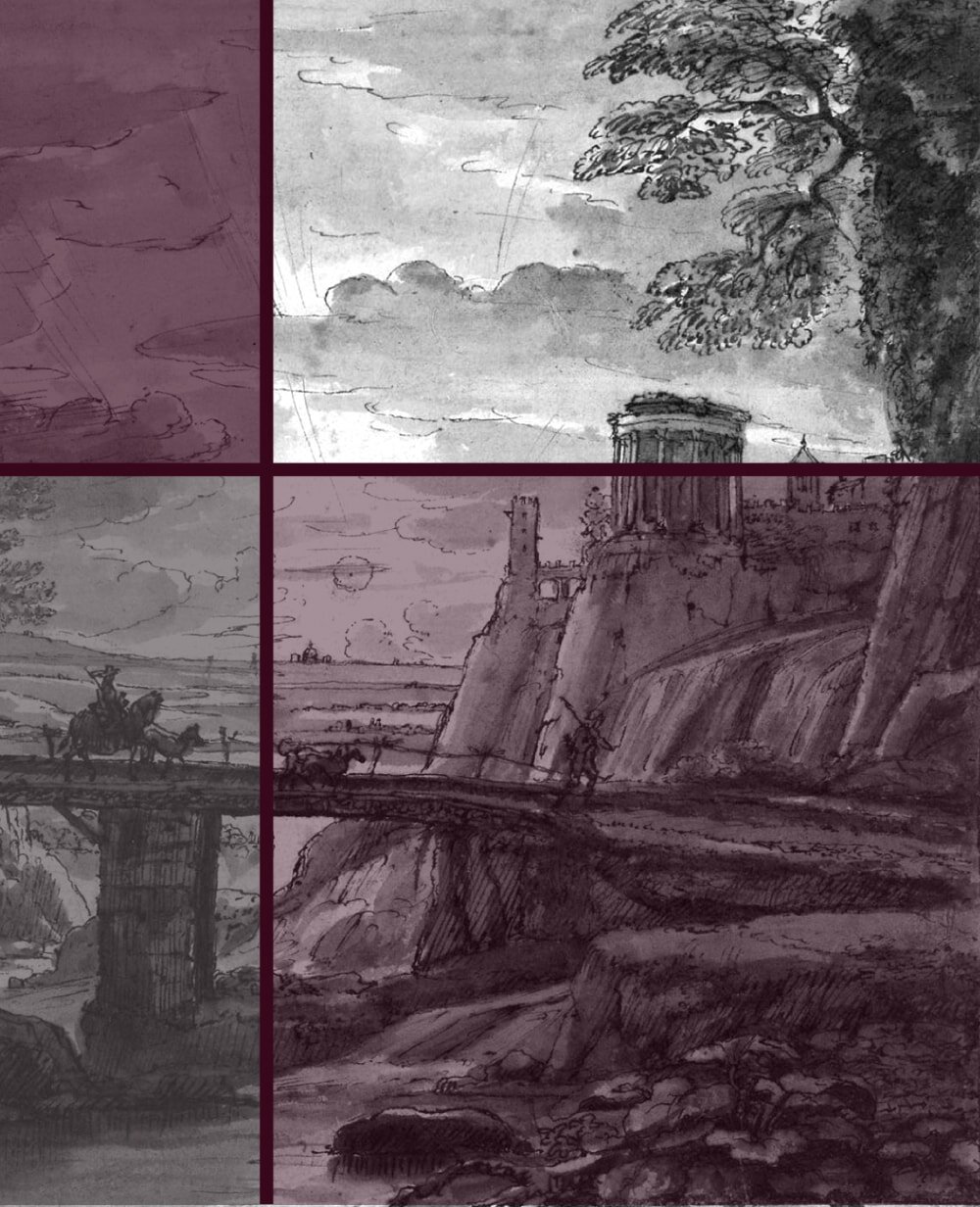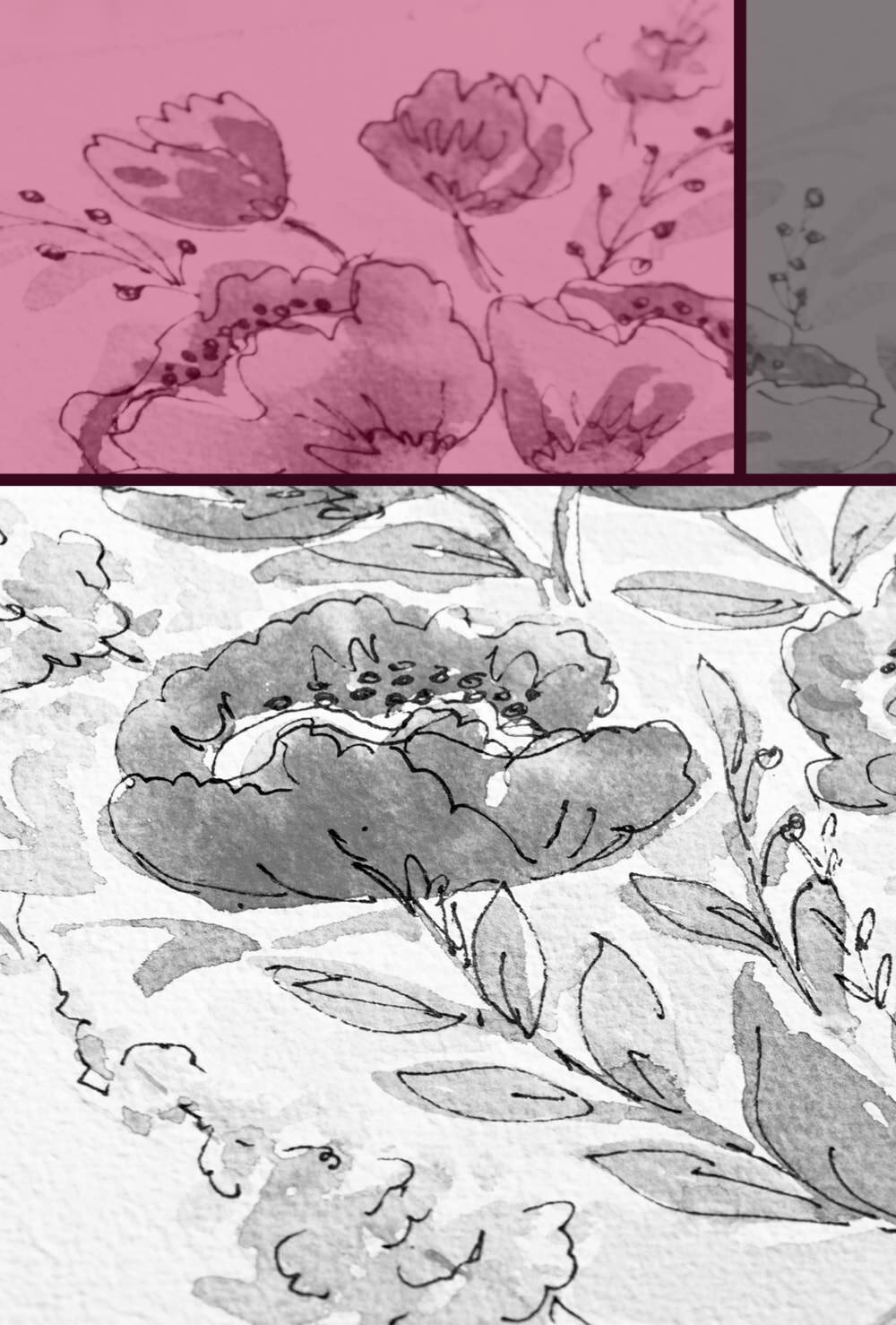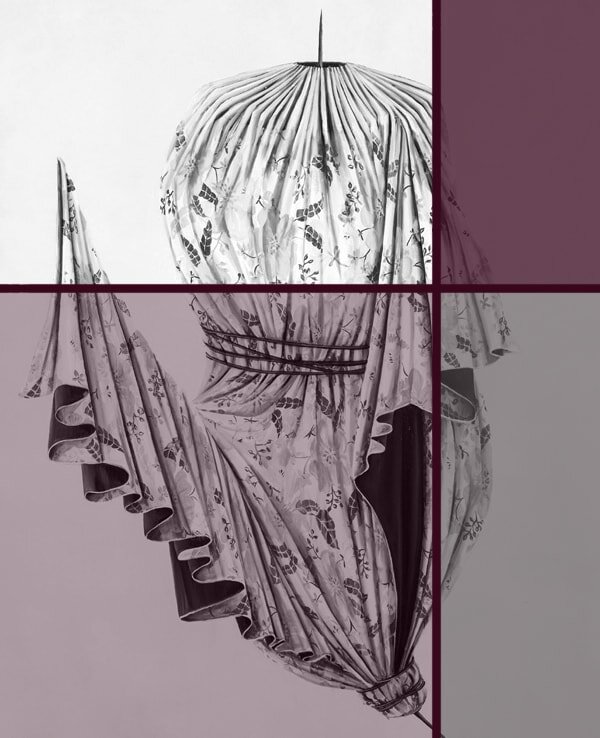How to create the perfect Signature for your Art
Signing your drawings and paintings sounds simple, but there are a few tricks to creating a signature that's just right for you.
Especially since it's a very permanent decision it might be good to spend a little time with the topic and put a some thought into it. It's also a whole lot of fun to go “creative soul-searching" for an afternoon!
Why have a signature at all?
An artist's signature works much like a business logo or any other trademark that was created to copyright a product, service or just generally be recognisable.
In the case of artists the main reason to sign your work is to mark it as yours. Especially in our digital age where we share so much online a pretty drawing or painting without a signature can easily be plagiarised.
It's a terrible feeling to come across a drawing of yours on social media and realise someone passed it off as their own work.
With a signature you're making it a bit harder. Unless they know how to crop it out (we'll get to that later) there is no hiding who the artist is.
Woman with a Parasol (1875) by Claude Monet, showing his signature hidden in the grass at the bottom right
My personal favourite reason to have a signature is that it marks the end of the creation process. This is useful especially if you’re prone to making never-ending corrections until you’re basically ruining your work rather than improving it.
Incidentally, signing your work is also the final step in my article How to create a Drawing or Painting in 9 simple Steps.
Even though “Art is never finished, only abandoned”, at some point abandoning is the better choice and it’s simply time to move on. If you have a firm rule never to touch a signed drawing you won’t be tempted.
Signing your work marks the end of the creation process and stops you from making never-ending corrections.
And finally, especially for professional artists it’s important to be recognised through their signature.
They might be working for decades and their style may change over the years. But as long as their signature remains constant their pieces can be identified.
A bit of thought now will pay off in the future
As mentioned above, the signature has different purposes, one of which is to create a sort of brand-awareness.
Much like a company logo or any other recognisable trademark for a product or service and you want to change it as little as possible once established.
Woman in White (1923) by Pablo Picasso, showing his underlined signature
Imagine how confusing it would be if someone suddenly changed the McDonald's logo into something completely different to the golden arches.
That's why it's so important to give the creation of your own trademark, your signature, some thought in the beginning. Because, ideally, you'll only want to work out the signature once and stick with it, permanently.
If you’ve ever thought about getting a tattoo you’ll know: it’s very difficult to find anything that you’re sure will still be ‘you’ in twenty year’s time.
That doesn’t mean you should stress about your signature for days on end. If, in five, ten years from now you do wake up and find that you don’t like it anymore, then it’s better to adapt it rather than sticking with something that’s feels wrong.
It’s not an irreversible decision, changing it can just be a bit inconvenient.
What’s in a name?
There are many different options when it comes to figuring out what you actually want to write on your work and there is no right way.
Degas, Picasso and Renoir saved time but kept their signatures formal with just their last name. Though Picasso also underlined it, to make it stick out a little more.
If you have a super common last name or come from a family of artists, you could consider using your first name’s initial and full last name.
A. Rodin, P. Gauguin and P. Cezanne are popular examples.
Or you can go all short with just your initials, like Ernest Howard Shepard (most famous for the Winnie the Pooh illustrations) who often signed his sketches just ‘EHS’.
Van Gogh (see below) went a bit more personal with just his first name, signing his paintings simply ‘Vincent’. Rembrandt (full name: Rembrandt Harmenszoon van Rijn) often did the same.
Jackson Pollock, Claude Monet and Frida Kahlo went all the way with their full name.
And some artists, like Leonardo da Vinci, liked to mix things up and used a variety of different signatures. I suppose he could afford it, but it’s not something I’d recommend for anyone less famous. How super confusing.
Name alternatives
Naturally you don’t have to use your name at all. Maybe you don’t like your given name, or you prefer anonymity.
As mentioned, initials can be a great way to avoid giving too much away, while still allowing you to mark your work as yours. It can look really good, too, especially if you create a nice design, like Albrecht Dürer in his Hare sketch below.
Hare (1502) by Albrecht Dürer
Of course there is also the option of inventing an entirely different name. A pseudonym, or nom de plume, is a perfectly valid option not just for writers but for artists of any kind.
It has the advantage of still making you “searchable” online, in case someone stumbles upon one of your drawings and wants to see more. You can have social media accounts under that name, your own website, whathaveyou, while keeping your private life strictly private.
That said, as with your signature style you’ll want to make sure that you’ve thought this through and will still like your pen name in ten year’s time.
If you prefer to keep your private life separate from your ‘artistic’ life you could use a pseudonym.
A different idea is to sign with any other word that holds meaning for you, or even a motto. I have an entire collection of art quotes for you to take your pick. If it’s anything longer you could again think about using only the initials, e.g. ‘CTC’ for ‘Creativity Takes Courage’.
Another fun option is to get yourself an artist’s chop. This is a relatively unknown practice outside of Asia, parts of which even let you use your own personalised chop for legal signatures. It’s also ever so stylish.
There are no strict rules what the design must be, you can go for initials, symbols, a mixture of both, whatever you like.
New Year in Chinatown, Singapore (2020) by Ch'ng Kiah Kiean. See artist’s chop, signature, date and location at bottom left.
The above sketch of Ch’ng Kiah Kiean shows his chop, being the symbol of the tiger (his birth year) in the traditional red.
They can be hand-carved into soapstone or you can order a more European-style wooden stamp. Either way, you will probably want to hire a professional for the final design or have at least a little bit of experience in illustration software.
Here’s a fabulous kit to make your own artist chop, in case you have your birthday coming up or just want to treat yourself.
Additions to your signature
Once you’ve figured out which combination of your name (or alternative) to use there is the question of adding any other information to your signature.
Many artists add the year of creation of the piece, which makes it a lot easier to keep track, I suppose. If you wanted to be more specific you could obviously also add month or even exact day.
For some pieces it also makes sense to add the location, especially if you like sketching architecture or generally travel a lot.
That said, if you prefer to keep things simple but still want to have some notes you can just add all this information hidden at the back of the piece.
Make it unique
Now that you’ve worked out what you’ll sign your work with, you can start with the fun part, figuring out how.
And here is the most important piece of advice I can give you: For obvious security reasons never use your legal signature for your art. This should be obvious but it’s astonishing how often people are trying to keep things simple and just use one signature for everything.
A great way to design your artist’s signature, if you’re unsure how to go about it, is to try out different fonts and see which one’s you like. There are countless websites where you can search for fonts by type, such as cursive, geometric or outlined.
Two of the most popular sites are 1001Fonts and DaFont. Both have an option to search for fonts “free for commercial use”, which would be the legally safe option if you plan to copy the font letter by letter.
The Kiss (1908) by Gustav Klimt, showing a very unique font for the signature
It’s good to look for a font that’s timeless, that you’ll still like in ten year’s time. Don’t overcomplicate things either. You’ll want to be able to learn the signature relatively easily and not spend ages trying to recreate it for every drawing you finish.
Location, location, location
Lastly, you might want to consider where to add your signature on your work. Some artists prefer it almost invisible, hidden in a corner somewhere. While others like to keep it prominent or, as often seen in van Gogh’s work, incorporate it into the design.
Vincent van Gogh often masterfully incorporated his artist’s signature into the work.
While it is a matter of taste in the end, working it into the piece makes it a lot more difficult to crop out and plagiarise your work online, so that’s always worth a consideration.
You can also make it dependent on the piece. Sometimes there might be the perfect space to make your signature part of the design and other times it would draw too much attention away from the subject.
Really, whatever you do, the one and most important thing is that you are happy with your signature, whatever it is, wherever you place it. Because it is an artist’s prerogative to mark something as theirs that they put a lot of heart and effort in.
Did you enjoy this article or feel like you have anything else to add? Feel free to leave me a comment below!
If you like this post, please share it, so others may like it too!






